Pub & Bar Poster Wall Art & Canvas Prints
Pub & Bar Poster Wall Art & Canvas Prints
Couldn't load pickup availability
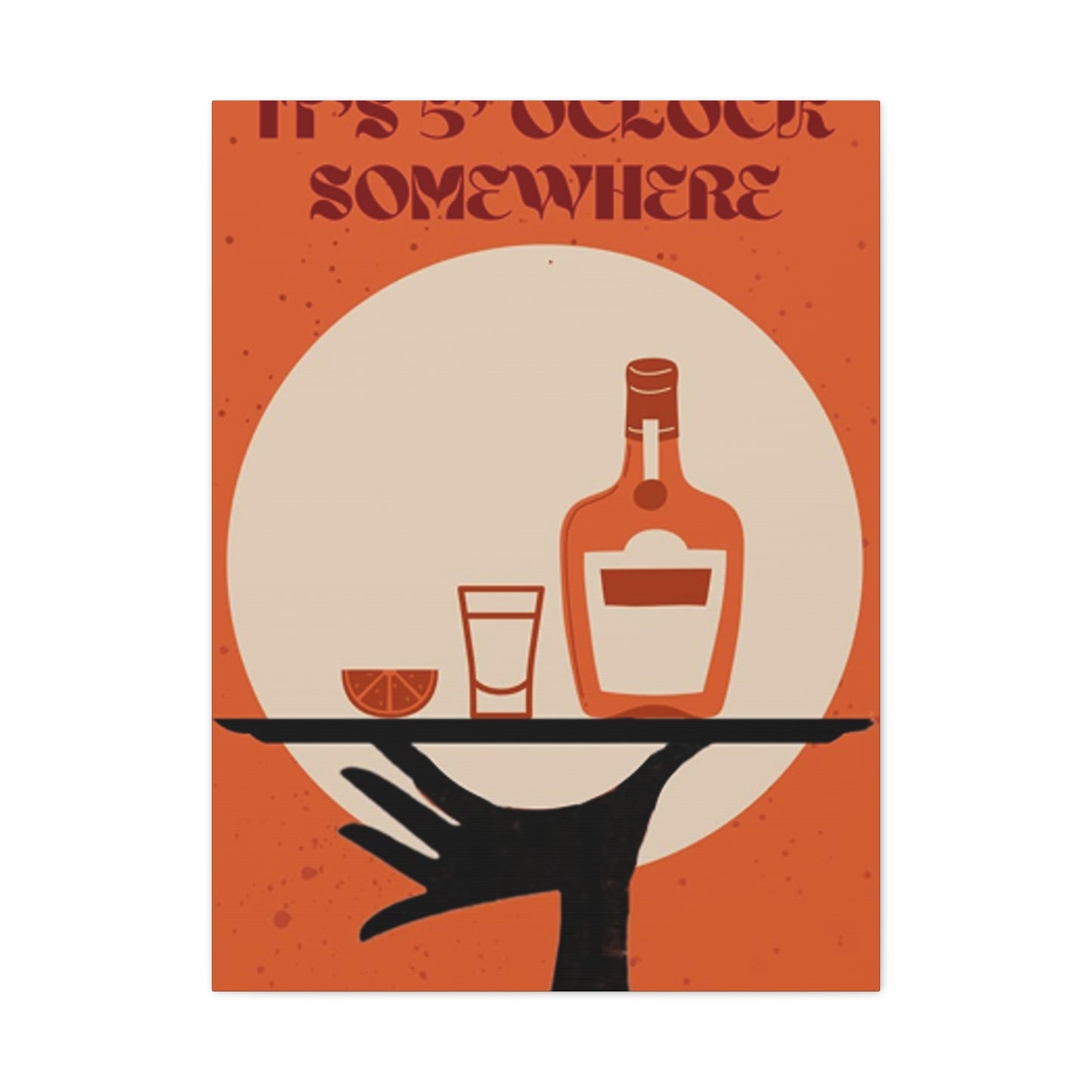

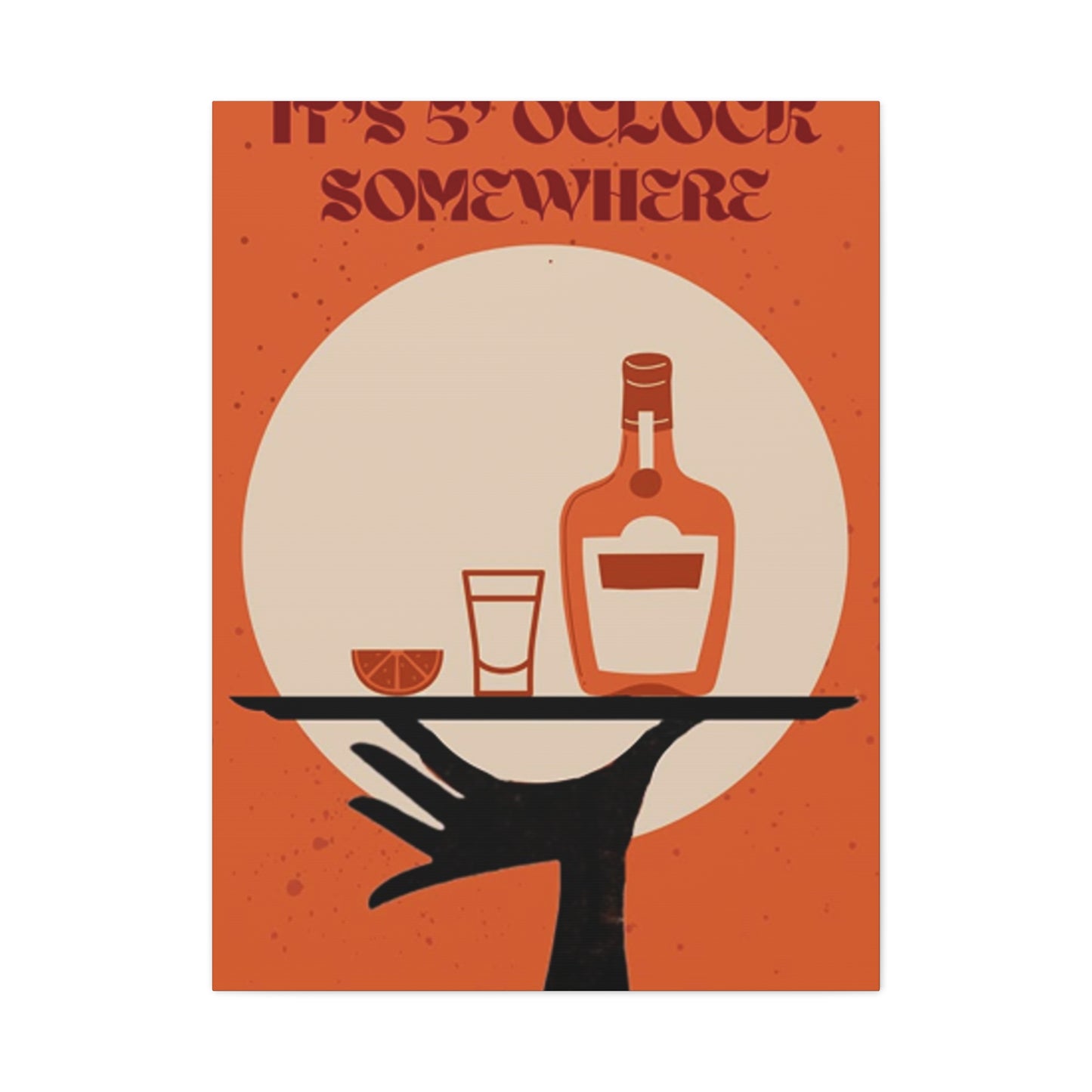
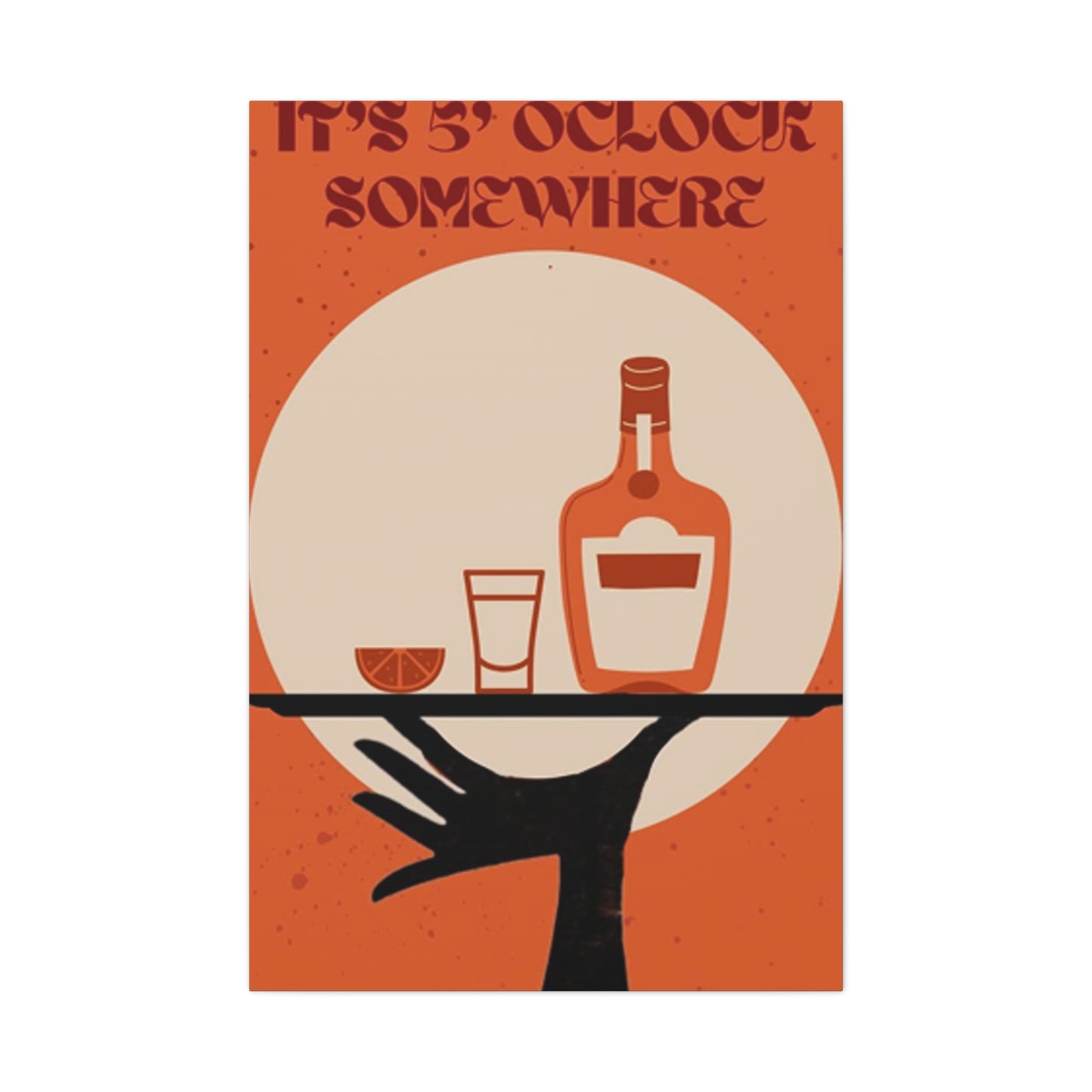

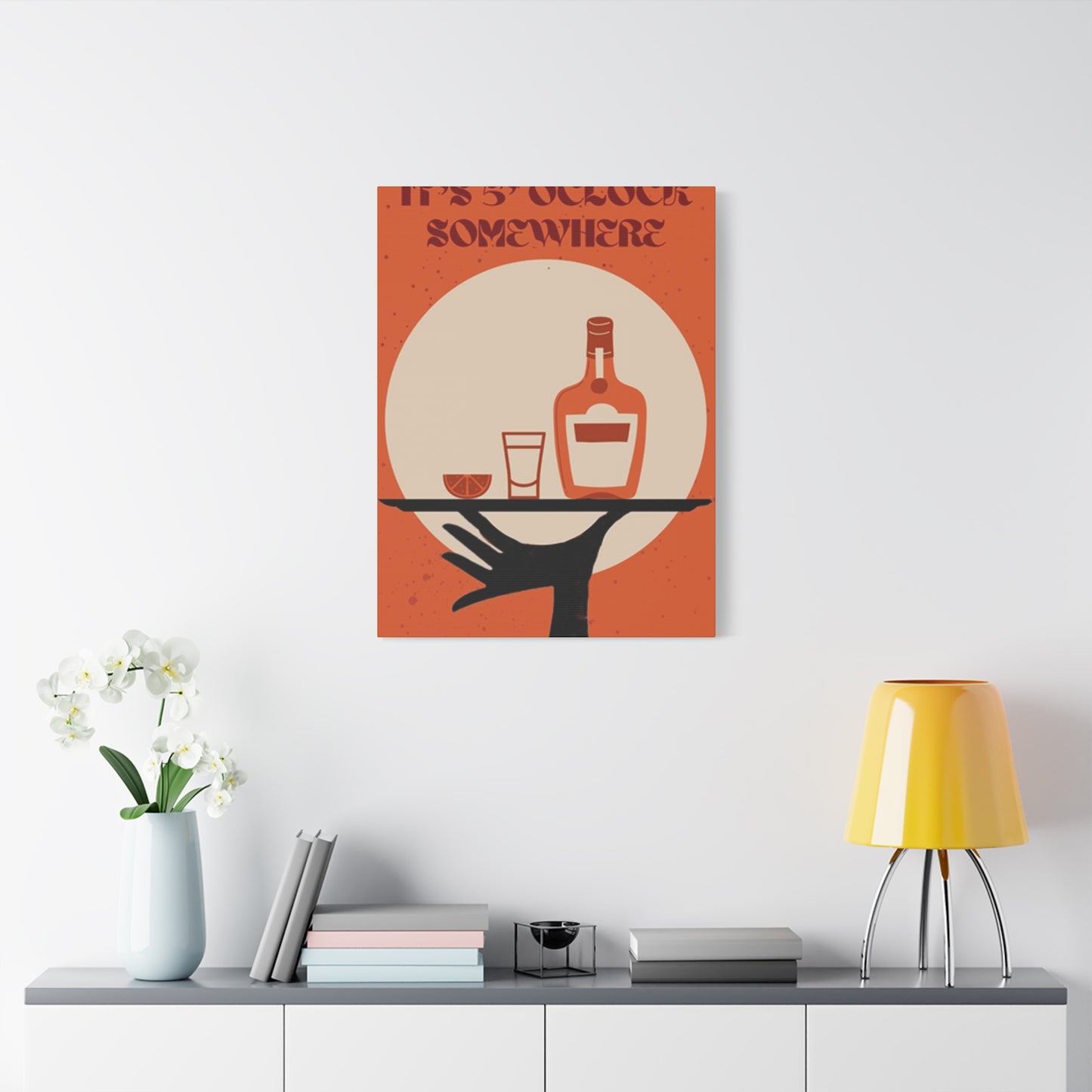

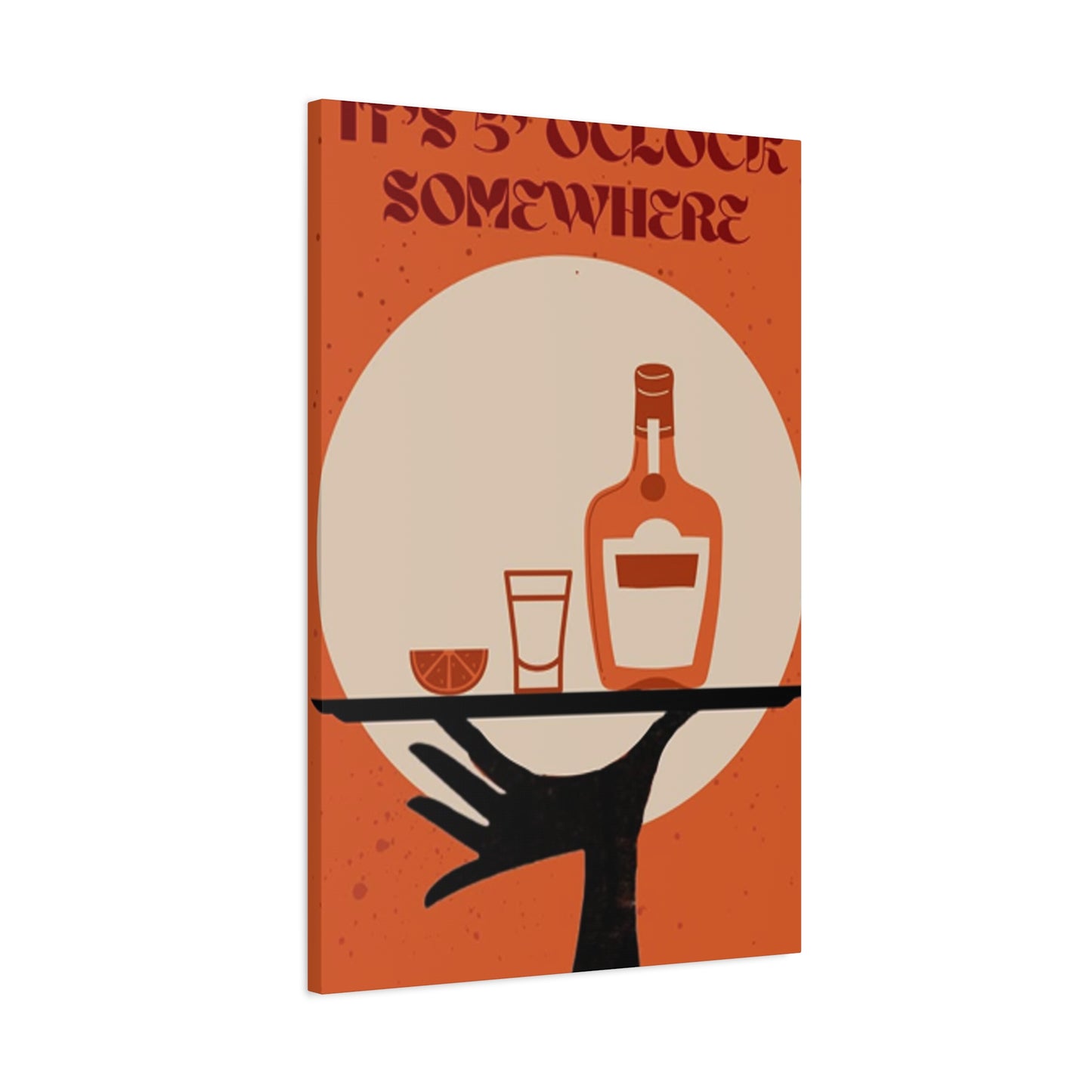

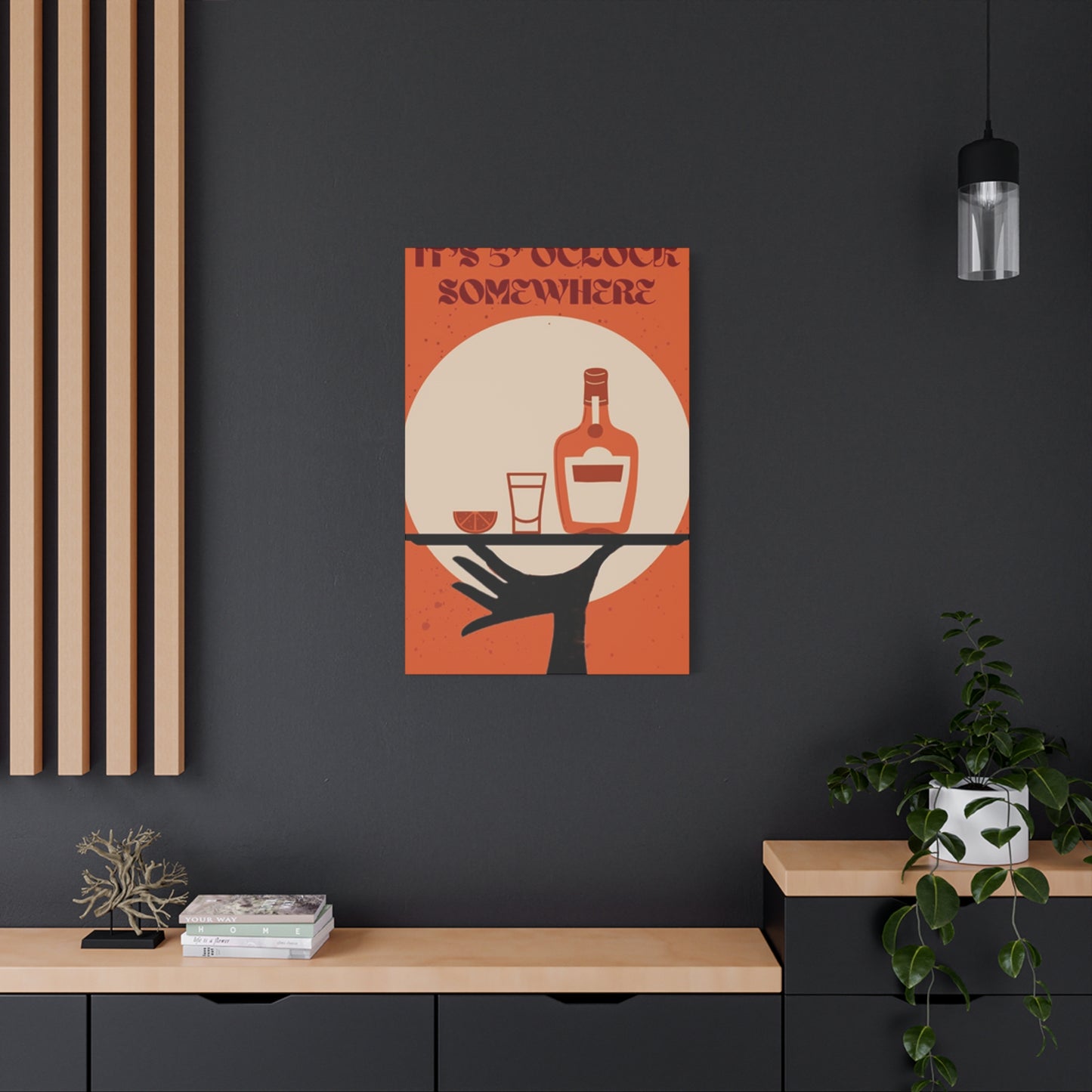
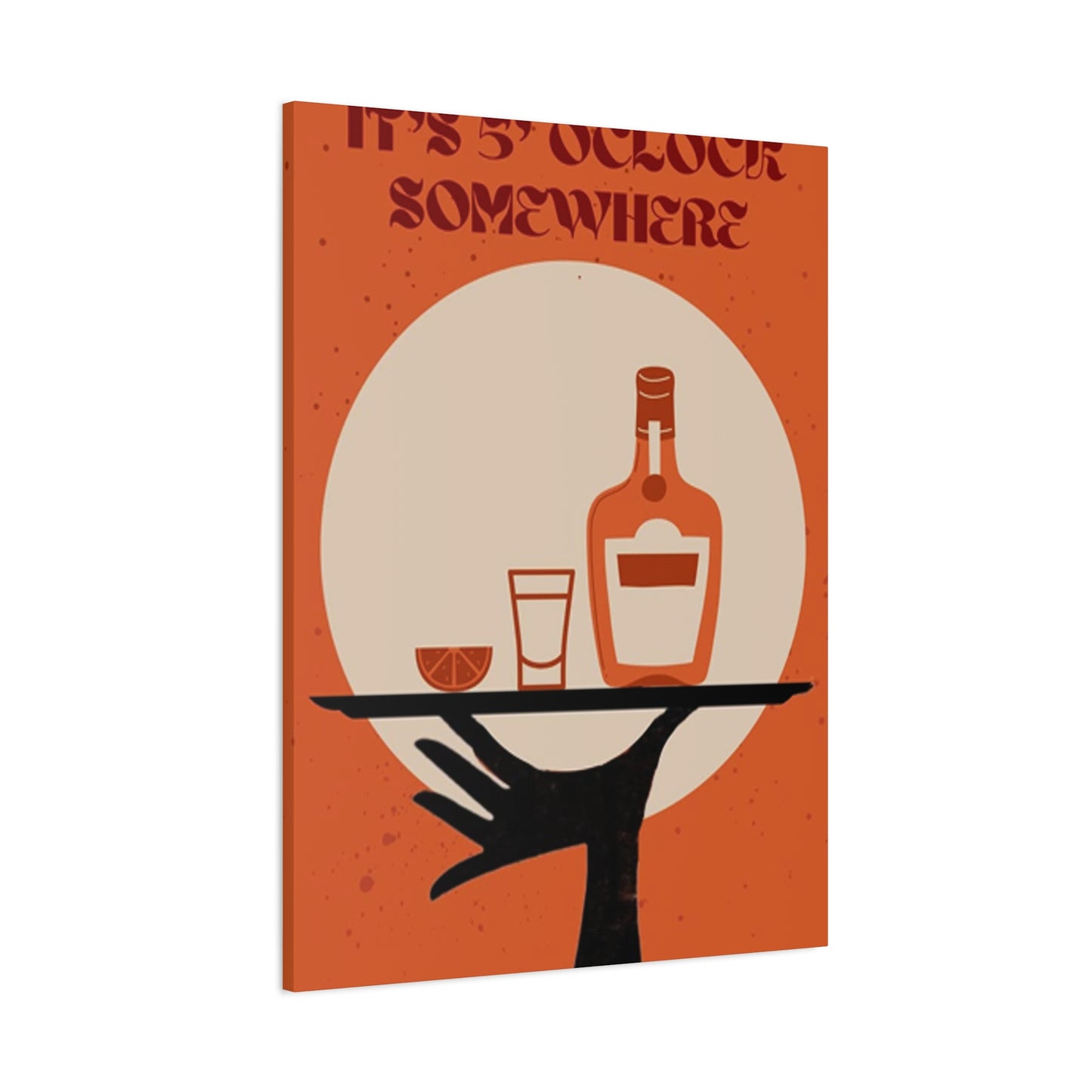

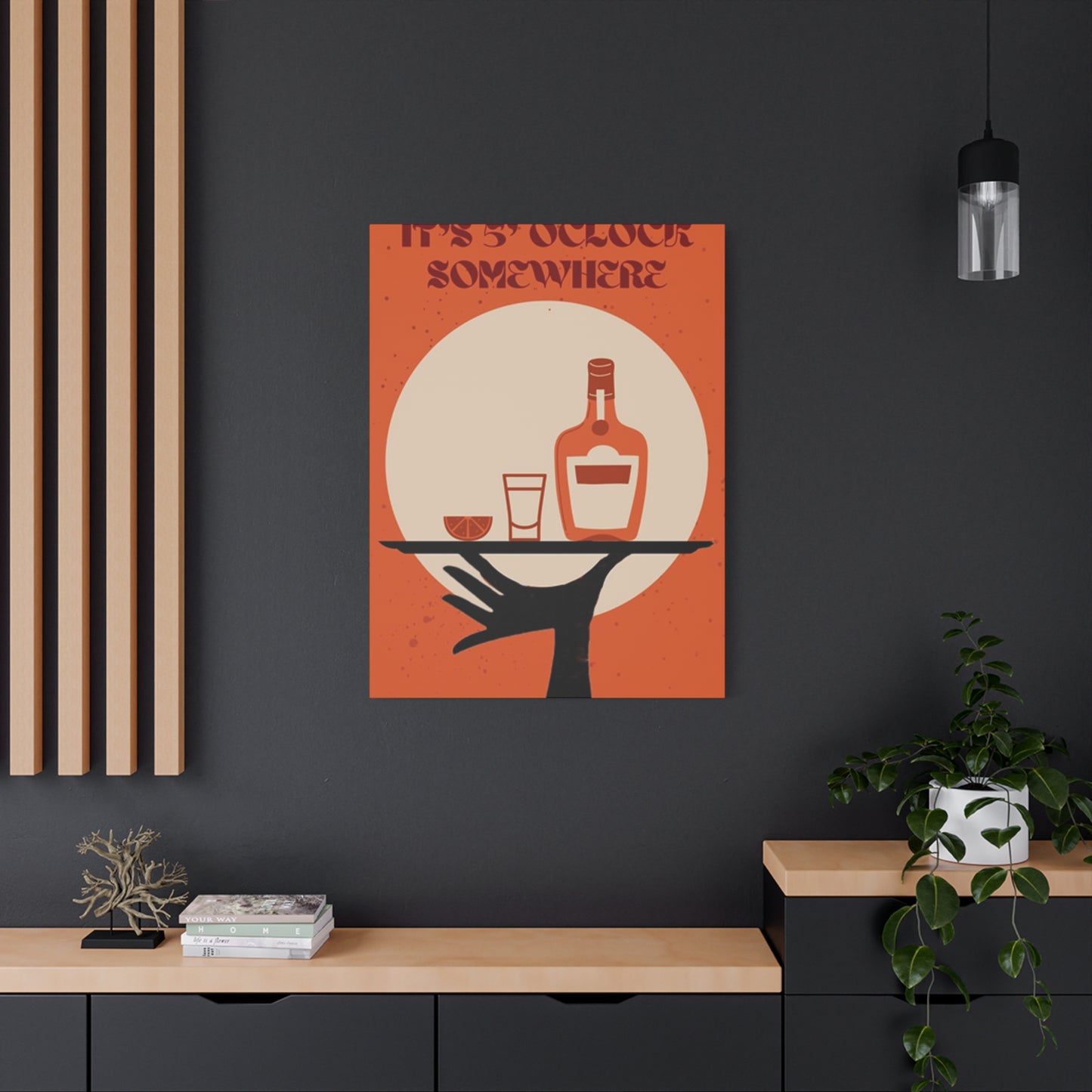
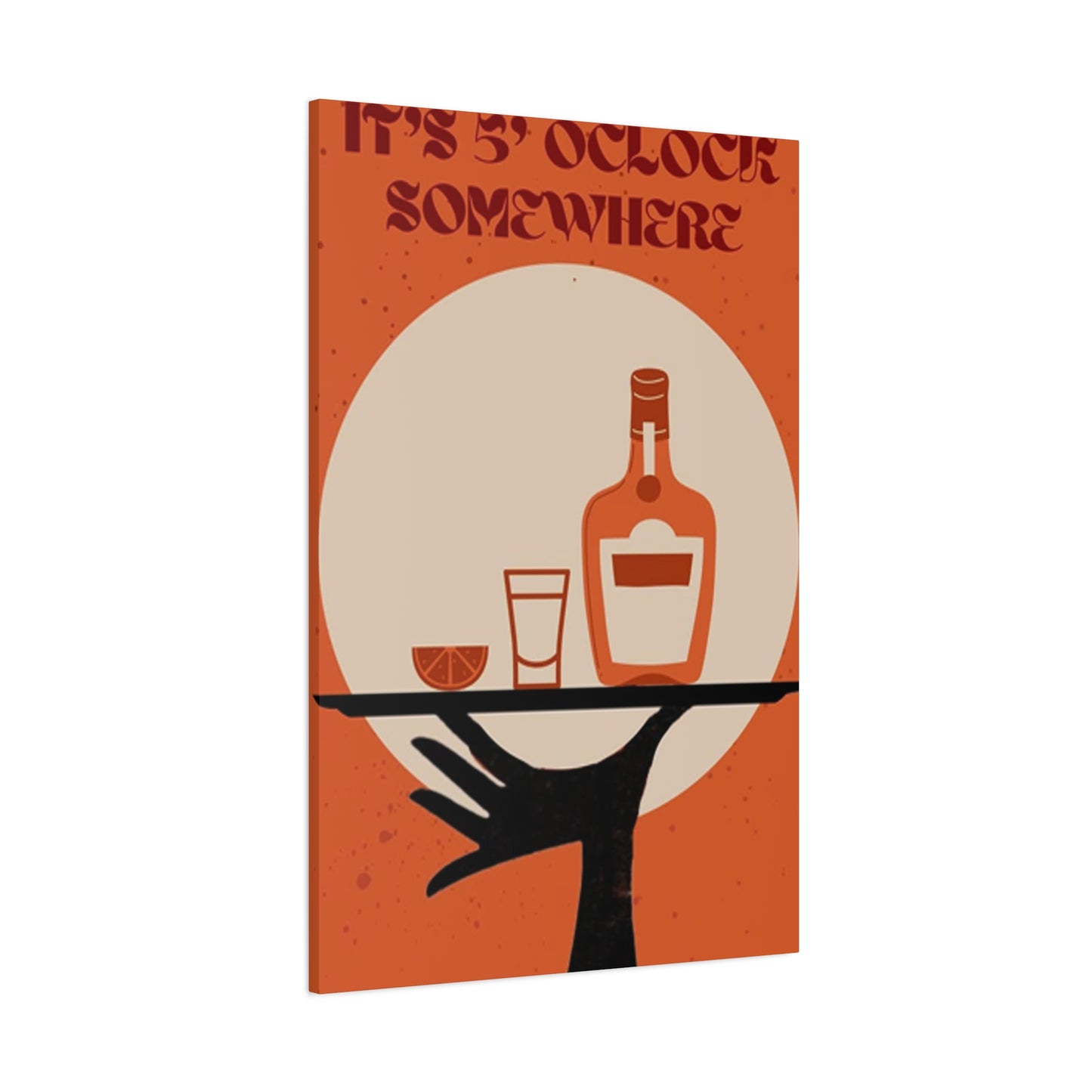
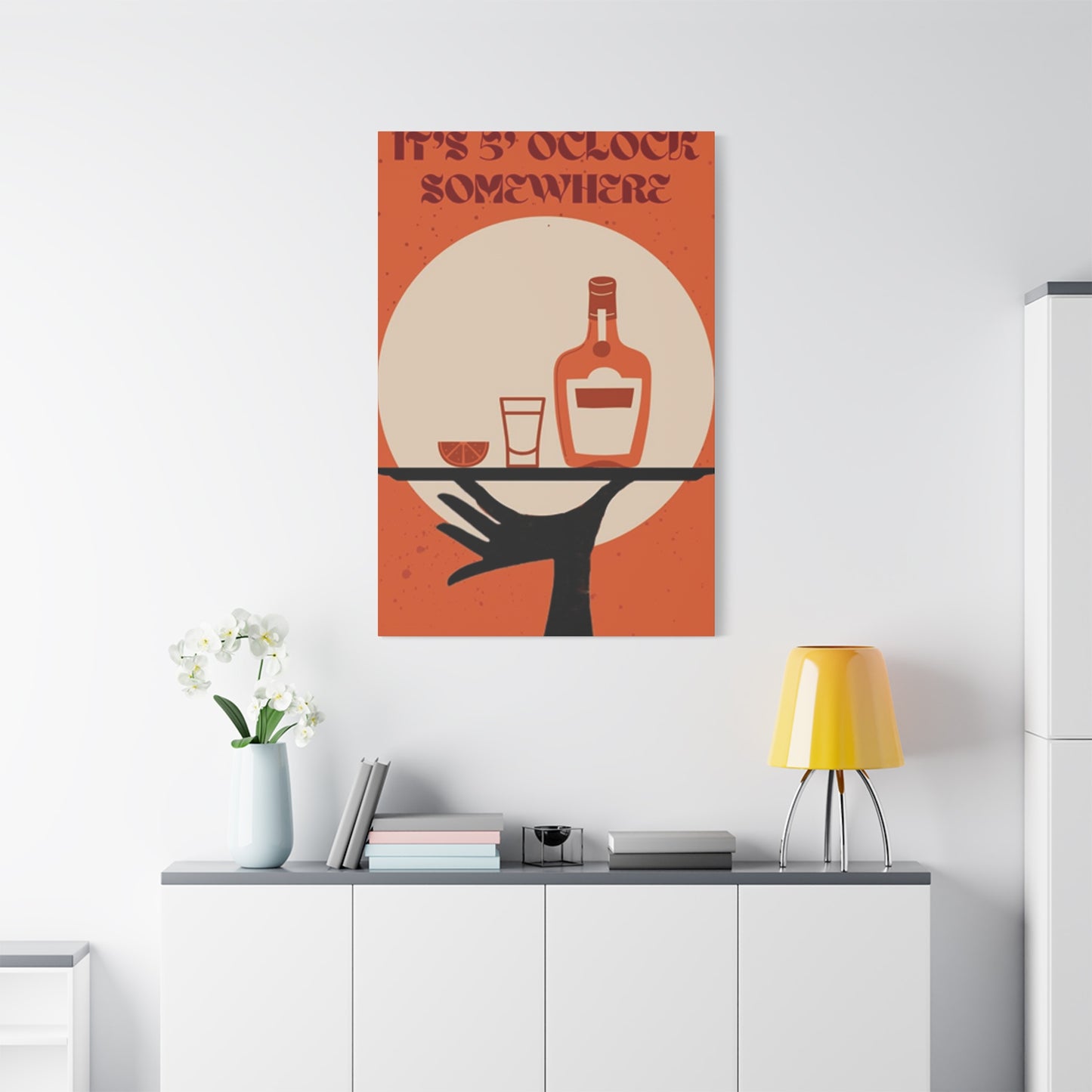
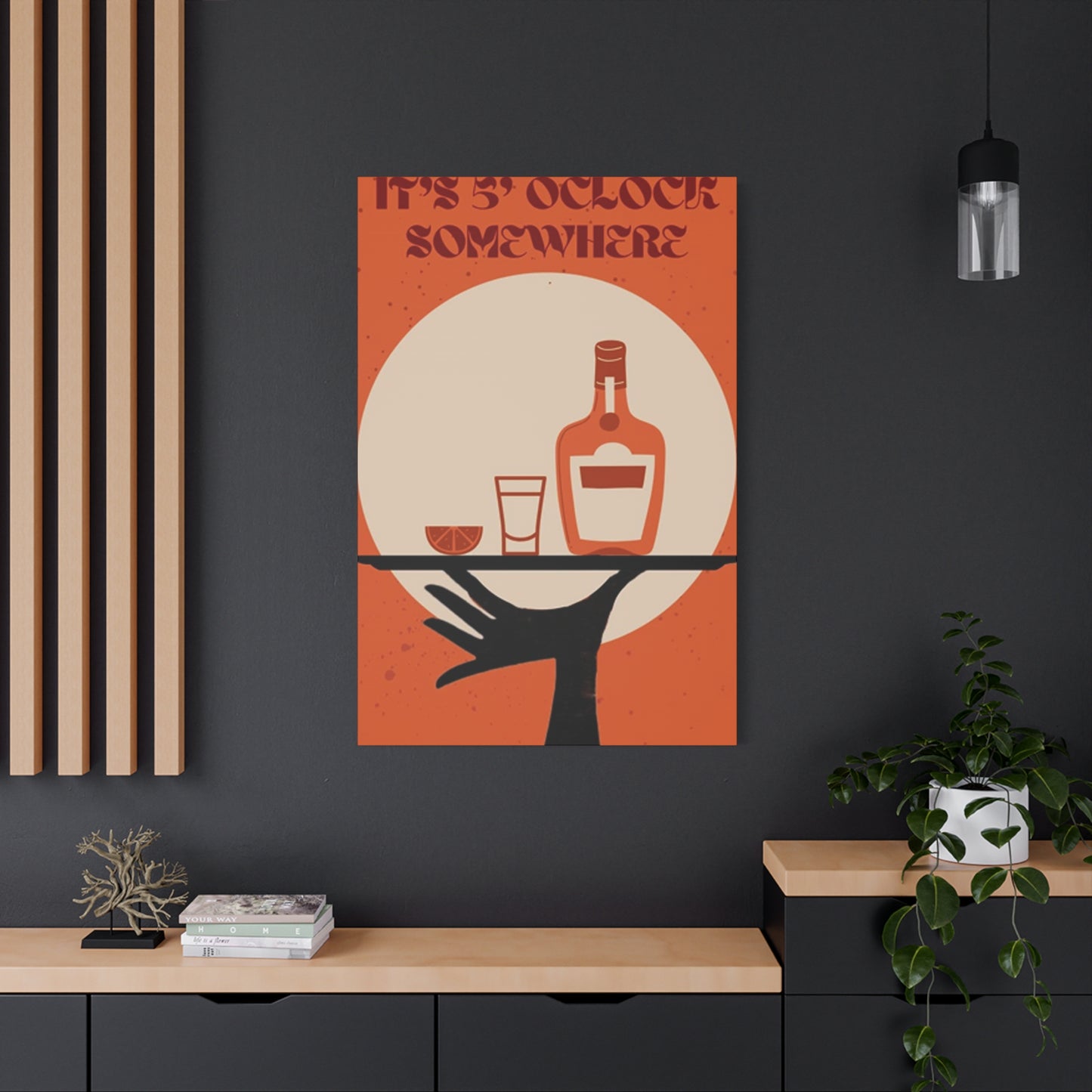
The Essential Bar Wall Art Collection: Elevating Your Drinking Establishment with Style
Creating an inviting atmosphere in your drinking establishment goes far beyond serving quality beverages. The visual elements that surround your patrons play a crucial role in shaping their experience, memories, and likelihood to return. Among these visual components, carefully curated wall decorations stand as one of the most impactful investments you can make. From classic brewing advertisements to contemporary artistic expressions, the right combination of visual elements transforms ordinary walls into conversation starters, mood enhancers, and brand ambassadors.
The psychology behind effective bar decoration runs deeper than mere aesthetics. When customers enter your establishment, their subconscious mind immediately begins processing visual cues that influence their comfort level, perceived value of your venue, and expected quality of service. Well-chosen artwork creates an emotional connection that extends beyond the transactional nature of purchasing drinks. It tells a story about your establishment's personality, values, and the experience you aim to provide.
Modern bar owners face unique challenges in creating distinctive environments that stand out in increasingly competitive markets. Generic decorations fail to create lasting impressions, while overly themed approaches can feel forced or inauthentic. The solution lies in understanding how different artistic styles complement various establishment types, target demographics, and architectural features. Whether you operate a neighborhood pub, upscale cocktail lounge, sports bar, or craft brewery, the visual elements you choose should reinforce your brand identity while appealing to your desired clientele.
The evolution of bar culture has significantly influenced decoration trends over the past century. Early taverns relied heavily on brewery promotional materials and local memorabilia to create atmosphere. The prohibition era introduced speakeasy aesthetics that emphasized secrecy and sophistication through dim lighting and elegant artwork. Post-war prosperity brought about tiki bars, cocktail lounges, and themed establishments that pushed creative boundaries. Today's establishments benefit from this rich history while incorporating contemporary design principles and diverse artistic movements.
Understanding your target audience remains paramount when selecting decorative elements. Young professionals might gravitate toward sleek, modern presentations with bold graphics and contemporary themes. Traditional pub enthusiasts often prefer nostalgic elements that evoke simpler times and classic brewing traditions. Sports enthusiasts expect memorabilia and action-oriented imagery, while craft beer aficionados appreciate artistic representations of brewing processes and ingredient sourcing. Successful establishments often blend multiple influences to create unique environments that appeal to diverse customer bases.
The financial investment in quality decorative elements pays dividends through increased customer satisfaction, longer visit durations, and enhanced social media presence. Customers frequently photograph interesting artwork, inadvertently promoting your establishment through their personal networks. This organic marketing proves invaluable in today's social media-driven landscape, where visual appeal directly correlates with online engagement and customer acquisition.
Classic Beer Posters
Classic beer posters represent the foundation of traditional bar decoration, embodying decades of brewing heritage and advertising artistry. These iconic pieces showcase the golden age of beer marketing, when hand-painted illustrations and carefully crafted typography dominated promotional materials. Original vintage posters from renowned breweries command premium prices among collectors, while high-quality reproductions offer accessible alternatives for budget-conscious establishments.
The artistic merit of classic beer posters extends beyond their commercial origins. Many feature sophisticated color palettes, intricate illustrations, and typography that reflects the design sensibilities of their respective eras. Art Nouveau influences appear in early 20th-century brewing advertisements, characterized by flowing lines, organic forms, and elegant female figures. Art Deco elements emerged during the 1920s and 1930s, bringing geometric patterns, bold colors, and streamlined aesthetics that conveyed modernity and sophistication.
German brewing posters particularly exemplify the intersection of commercial art and cultural tradition. These works often feature pastoral scenes, traditional clothing, and celebration imagery that connects beer consumption with community gatherings and cultural identity. The attention to detail in these historical pieces demonstrates the significant investment breweries made in visual marketing, recognizing the power of compelling imagery to influence consumer preferences and brand loyalty.
Belgian beer posters showcase another distinctive artistic tradition, often incorporating religious imagery, medieval themes, and references to monastic brewing traditions. The intricate artwork reflects the complexity and heritage associated with Belgian brewing methods, appealing to customers who appreciate craftsmanship and authenticity. These posters work particularly well in establishments that emphasize quality over quantity, creating an atmosphere of sophistication and appreciation for brewing artistry.
American brewing posters from the mid-20th century capture the optimism and prosperity of post-war society. Bold graphics, patriotic themes, and lifestyle imagery dominated this era, as breweries positioned their products as essential components of the American dream. These pieces evoke nostalgia for simpler times while celebrating the role of beer in social gatherings, sporting events, and leisure activities.
Contemporary reproductions of classic beer posters benefit from modern printing techniques that ensure color accuracy and longevity. High-quality materials resist fading, moisture damage, and wear, making them practical choices for busy establishments. When selecting classic beer posters, consider how their color schemes complement your existing decor, whether their themes align with your establishment's personality, and how they contribute to the overall narrative you wish to create.
The placement of classic beer posters requires strategic consideration of sight lines, lighting conditions, and thematic coherence. Grouping related pieces creates visual impact while maintaining organizational logic. Consider the historical progression of brewing advertising, regional brewing traditions, or specific brewery collections as organizing principles. Proper spacing prevents overcrowding while ensuring each piece receives adequate attention from patrons.
Authenticity concerns arise when displaying classic beer posters, as customers increasingly value genuine vintage pieces over obvious reproductions. While original posters may exceed budget constraints, investing in a few authentic pieces alongside quality reproductions creates a foundation of credibility. Research the history behind featured breweries and posters to share interesting stories with curious customers, enhancing their appreciation for these historical artifacts.
The lighting of classic beer posters significantly affects their visual impact and preservation. Direct sunlight causes fading and deterioration, while insufficient lighting renders details invisible. LED strip lighting or picture lights provide consistent, low-heat illumination that showcases artwork without causing damage. Consider the ambient lighting levels throughout different times of day and adjust accordingly to maintain visibility and atmosphere.
Vintage Pub Ads
Vintage pub advertisements transport patrons to bygone eras when local taverns served as community gathering places and social hubs. These marketing materials reflect the intimate relationship between neighborhood establishments and their regular customers, emphasizing familiarity, comfort, and belonging rather than mass appeal. The personal touch evident in vintage pub ads contrasts sharply with contemporary corporate marketing approaches, offering authenticity that resonates with customers seeking genuine experiences.
The artistic diversity found in vintage pub advertisements reflects regional traditions, local customs, and community values. British pub signs, for instance, often feature heraldic imagery, historical references, and whimsical illustrations that tell stories about local history or folklore. These narrative elements create conversation opportunities and educational moments that enhance the social aspect of drinking establishments.
American tavern advertisements from the colonial period through the mid-20th century showcase evolving social attitudes toward alcohol consumption and public gathering. Early advertisements emphasized respectability and social status, positioning taverns as legitimate businesses serving discerning clientele. Later periods saw more relaxed approaches that celebrated camaraderie, entertainment, and escape from daily pressures.
The typography used in vintage pub advertisements provides insights into design trends and technological limitations of different eras. Hand-painted signs demonstrate individual craftsmanship and attention to detail, while early printed advertisements show the evolution of commercial printing techniques. These typographical elements contribute to the overall aesthetic appeal while serving as historical documents that chronicle the development of commercial communication.
Color palettes in vintage pub advertisements often reflect the materials and printing processes available during their creation. Earth tones, muted colors, and limited color schemes characterize earlier pieces, while mid-century advertisements embraced brighter, more varied palettes as printing technology advanced. Understanding these historical contexts helps in selecting pieces that maintain period authenticity while complementing modern establishments.
The condition of vintage pub advertisements affects both their visual appeal and market value. Original pieces may show signs of age, wear, or damage that add character but potentially detract from readability or overall presentation. Professional restoration services can address significant damage while preserving historical authenticity, though the cost may be prohibitive for some establishments. High-quality reproductions offer consistent quality and appearance while eliminating concerns about deterioration or damage.
Sourcing authentic vintage pub advertisements requires patience, research, and often significant financial investment. Antique dealers, auction houses, and specialized collectors provide access to original pieces, though provenance verification becomes important for valuable items. Online marketplaces expand sourcing options but require careful evaluation of seller credibility and item authenticity. Building relationships with reputable dealers can provide access to exceptional pieces and expert guidance on building cohesive collections.
The cultural significance of vintage pub advertisements extends beyond their decorative value, serving as historical documents that preserve information about local businesses, social customs, and community life. Displaying these pieces demonstrates respect for local history and creates opportunities for storytelling that enriches the customer experience. Research the backgrounds of featured establishments and share interesting discoveries with patrons to enhance their appreciation for these historical artifacts.
Thematic organization of vintage pub advertisements creates coherent visual presentations while highlighting specific aspects of pub culture. Geographical groupings showcase regional differences in advertising styles and cultural approaches to hospitality. Chronological arrangements demonstrate the evolution of marketing techniques and social attitudes over time. Product-focused collections highlight specific beverages, brewing methods, or distilling traditions.
Funny Bar Posters
Humor serves as a universal language that breaks down social barriers and creates memorable experiences in drinking establishments. Funny bar posters capitalize on this psychological principle, using wit, wordplay, and visual comedy to establish relaxed atmospheres where patrons feel comfortable socializing and enjoying themselves. The strategic use of humorous artwork demonstrates that your establishment doesn't take itself too seriously while maintaining professional standards and service quality.
The psychology behind humor in commercial environments reveals its powerful influence on customer behavior and perception. Laughter triggers the release of endorphins, creating positive associations with your establishment that encourage repeat visits and positive word-of-mouth recommendations. Humorous elements also serve as conversation starters, helping shy or socially anxious customers engage with others and feel more comfortable in group settings.
Different types of humor appeal to various demographic groups and establishment styles. Pun-based posters rely on wordplay and linguistic creativity, appealing to customers who appreciate clever language use and intellectual humor. Visual gags use unexpected imagery or absurd situations to generate laughter, working particularly well in establishments with diverse clientele who may speak different languages. Observational humor comments on common experiences and shared frustrations, creating bonds between strangers through mutual recognition.
Alcohol-related humor requires careful consideration of tone and appropriateness to avoid promoting irresponsible drinking behaviors while maintaining comedic value. Clever posters that celebrate the social aspects of drinking, poke fun at common drinking myths, or highlight the absurdities of bar culture can be effective without crossing ethical boundaries. Avoiding humor that glorifies excessive consumption, promotes drunk driving, or makes light of alcohol-related problems demonstrates responsible business practices while maintaining entertaining atmosphere.
The placement of funny bar posters affects their comedic impact and audience engagement. Strategic positioning near waiting areas, restroom entrances, or ordering counters ensures maximum visibility when customers have time to read and appreciate the humor. Avoid placing humorous content in areas where it might distract from important safety information or business operations. Consider sight lines from different seating areas to ensure all customers can enjoy the comedic elements.
Visual design elements in funny bar posters contribute significantly to their effectiveness and overall aesthetic appeal. Bold, readable fonts ensure punchlines remain visible in dim lighting conditions common in many drinking establishments. Contrasting colors help text stand out against busy backgrounds while maintaining visual harmony with surrounding decor. Simple, uncluttered layouts prevent visual confusion that might diminish comedic impact.
The longevity of humorous content presents unique challenges in maintaining fresh, engaging environments. Jokes that seem hilarious initially may lose their impact through repetition, while cultural references may become outdated or offensive over time. Regular rotation of humorous posters prevents staleness while providing reasons for customers to return and discover new entertainment. Archive popular pieces for potential future use while continuously seeking fresh content that reflects current events and cultural trends.
Age-appropriateness considerations become particularly important when selecting funny bar posters for establishments that serve food or welcome families during certain hours. Double entendres, innuendo, and adult themes may be inappropriate for family-friendly establishments, while overly sanitized humor might seem out of place in adult-oriented venues. Understanding your target demographic and operating environment helps guide appropriate humor selection.
Cultural sensitivity in humorous content requires ongoing attention as social norms and acceptable language evolve. What once seemed harmless may now be considered offensive or exclusionary to certain groups. Regular review of displayed humor ensures continued appropriateness while demonstrating respect for all customers. When in doubt, err on the side of inclusivity and choose humor that brings people together rather than creating divisions.
The quality of funny bar posters affects both their visual impact and longevity in commercial environments. Professional printing on appropriate materials ensures readability and durability, while amateur productions may appear unprofessional or deteriorate quickly. Investing in quality humorous content demonstrates attention to detail that customers notice and appreciate, even when they don't consciously recognize the difference.
Retro Drink Art
Retro drink art captures the sophisticated glamour and optimistic spirit of mid-century cocktail culture, when elaborate presentations and exotic ingredients transformed simple drinks into theatrical experiences. This artistic movement celebrates the golden age of mixology, when bartenders were considered artists and cocktail lounges served as social theaters where fashion, music, and libations combined to create unforgettable evenings.
The visual language of retro drink art draws heavily from atomic age design principles, featuring bold geometric shapes, bright color combinations, and futuristic elements that reflected post-war optimism and technological advancement. Atomic symbols, starbursts, and boomerang patterns appear frequently in these designs, symbolizing progress, energy, and forward-thinking attitudes. These elements work particularly well in modern establishments seeking to evoke sophistication and creativity.
Tiki culture significantly influenced retro drink art, introducing Polynesian-inspired imagery, tropical themes, and exotic drink presentations that transported patrons to fantasy island paradises. Bamboo elements, tiki masks, tropical fruits, and sunset colors characterize this aesthetic, which remains popular in themed establishments and tropical-inspired venues. The escapist nature of tiki imagery appeals to customers seeking relaxation and adventure through their drinking experiences.
The color palettes associated with retro drink art reflect the bold, confident attitudes of the 1950s and 1960s. Turquoise, coral, yellow, and orange combinations create vibrant, energetic atmospheres that encourage socializing and celebration. These colors work particularly well under warm lighting conditions, creating inviting environments that feel both nostalgic and contemporary. Consider how these bold colors interact with your existing decor and lighting to achieve desired atmospheric effects.
Typography in retro drink art demonstrates the evolution of commercial design and advertising techniques during the atomic age. Script fonts convey elegance and sophistication, while bold sans-serif typefaces suggest modernity and forward-thinking attitudes. Boomerang and atomic-inspired lettering adds playful elements that reflect the optimistic spirit of the era. These typographical choices contribute significantly to the overall aesthetic impact of retro drink art.
The subject matter of retro drink art extends beyond simple beverage illustrations to encompass entire lifestyle concepts associated with cocktail culture. Elegant couples in formal attire, sophisticated party scenes, and luxurious lounge environments appear frequently in these works, positioning cocktail consumption as aspirational behavior associated with success, sophistication, and social status. These lifestyle associations can enhance your establishment's perceived value and attract customers seeking elevated experiences.
Contemporary interpretations of retro drink art allow establishments to capture vintage aesthetics while incorporating modern elements and sensibilities. Digital art techniques enable precise reproduction of atomic age color palettes and design elements while adding contemporary touches that prevent the overall effect from feeling like a museum exhibit. This approach appeals to customers who appreciate vintage aesthetics but expect modern quality and relevance.
The authenticity of retro drink art affects its credibility and impact on customer perceptions. Original pieces from the atomic age command premium prices but provide unquestionable authenticity that sophisticated customers recognize and appreciate. High-quality reproductions offer accessible alternatives while maintaining visual impact, though the historical significance may be diminished. Contemporary works inspired by retro aesthetics provide opportunities for unique, original content while honoring vintage influences.
Seasonal applications of retro drink art allow establishments to maintain consistent themes while acknowledging holiday celebrations and seasonal menu changes. Atomic age Christmas trees, space-age Halloween decorations, and futuristic New Year's imagery provide opportunities to incorporate seasonal elements without abandoning core aesthetic principles. These seasonal variations demonstrate creativity and attention to customer experience while maintaining brand consistency.
The integration of retro drink art with modern technology creates opportunities for dynamic, interactive displays that enhance customer engagement. Digital frames allow rotation of different pieces while maintaining consistent sizing and presentation quality. LED backlighting can emphasize certain design elements while creating atmospheric effects that complement the atomic age aesthetic. These technological enhancements appeal to younger demographics while preserving vintage charm.
Neon Poster Prints
Neon poster prints capture the electrifying energy and urban sophistication of illuminated signage without the installation complexity and maintenance requirements of actual neon lighting. These dynamic artworks reproduce the glowing effects, bold colors, and contemporary aesthetics of neon signs while offering practical advantages in terms of safety, cost, and versatility. The popularity of neon-inspired art reflects growing appreciation for urban culture and nightlife aesthetics.
The psychological impact of neon-inspired imagery stems from its associations with excitement, nightlife, and urban energy. The bright colors and glowing effects trigger positive emotional responses associated with entertainment, celebration, and social interaction. These psychological associations make neon poster prints particularly effective in establishments seeking to create energetic, contemporary atmospheres that appeal to younger demographics and urban customers.
Color psychology plays a crucial role in the effectiveness of neon poster prints. Electric blue conveys coolness, modernity, and sophistication, while hot pink suggests energy, fun, and creativity. Green neon evokes freshness and vitality, while purple implies luxury and mystery. Red neon generates excitement and passion, though it should be used judiciously to avoid overwhelming other design elements. Understanding these color associations helps in selecting pieces that reinforce desired atmospheric qualities.
The technical aspects of reproducing neon effects in print form require sophisticated printing techniques and high-quality materials to achieve convincing results. Fluorescent inks, metallic foils, and specialized printing processes can simulate the luminous quality of actual neon, while LED backlighting or edge-lit panels can add actual illumination to enhance the effect. These technical considerations affect both the visual impact and cost of neon poster prints.
Typography in neon poster prints often features script fonts, cursive lettering, and flowing designs that mirror the flexibility of bent glass tubing used in actual neon signs. These typographical choices contribute to the authenticity of neon-inspired artwork while providing opportunities for custom messaging, establishment names, or promotional content. Consider how typography interacts with other design elements to maintain readability and visual hierarchy.
The urban origins of neon signage influence the subject matter and aesthetic approaches common in neon poster prints. City skylines, street scenes, and architectural elements frequently appear in these works, connecting establishments with cosmopolitan culture and nightlife sophistication. These urban associations appeal to customers seeking metropolitan experiences, even in suburban or rural locations.
Customization opportunities in neon poster prints allow establishments to create unique, branded content that cannot be found elsewhere. Custom text, logos, and specific color combinations can be incorporated into neon-inspired designs, creating exclusive artworks that reinforce brand identity while maintaining aesthetic appeal. This customization capability provides significant advantages over generic decorative options.
The versatility of neon poster prints makes them suitable for various establishment types and decoration schemes. Modern cocktail lounges benefit from the sophisticated urban aesthetic, while sports bars can incorporate team colors and athletic themes. Restaurants can use neon-inspired menu boards or promotional displays, while dance clubs and entertainment venues can create immersive environments that enhance the party atmosphere.
Durability considerations in neon poster prints affect their suitability for commercial environments with high humidity, temperature variations, and customer interaction. UV-resistant inks prevent fading under artificial lighting, while laminated or acrylic-mounted prints resist moisture and physical damage. These protective measures ensure long-term visual appeal and return on investment in commercial applications.
The placement of neon poster prints requires consideration of existing lighting conditions and overall design harmony. These bright, attention-grabbing pieces work well as focal points but can overwhelm subtler design elements if not properly integrated. Consider using neon poster prints to highlight specific areas, create visual anchors, or guide customer traffic flow through strategic placement decisions.
Whiskey-Themed Posters
Whiskey-themed posters celebrate the rich heritage, craftsmanship, and cultural significance of one of the world's most revered spirits. These artworks encompass everything from historic distillery advertisements to contemporary artistic interpretations of whiskey culture, appealing to connoisseurs and casual enthusiasts alike. The sophisticated nature of whiskey appreciation translates naturally into visual art that emphasizes tradition, quality, and craftsmanship.
The historical depth of whiskey production provides abundant source material for themed artwork. Scottish distillery advertisements from the 19th and early 20th centuries showcase the romantic landscapes of the Highlands and Islands, emphasizing the connection between terroir and flavor that whiskey enthusiasts appreciate. Irish whiskey advertisements often feature Celtic imagery and references to ancient traditions, while American bourbon art celebrates frontier heritage and craftsmanship traditions.
The craftsmanship aspects of whiskey production translate effectively into visual art that appeals to customers who appreciate artisanal processes and attention to detail. Copper stills, oak barrels, grain fields, and master distiller portraits create authentic imagery that resonates with serious whiskey drinkers. These elements position your establishment as a place that understands and respects whiskey culture, potentially attracting discriminating customers willing to pay premium prices for quality experiences.
Regional whiskey traditions offer opportunities to create focused collections that celebrate specific geographical areas or production styles. Scottish single malt artwork might feature Highland landscapes, castle imagery, and clan symbols, while bourbon-themed pieces could incorporate Kentucky bluegrass, horse racing, and Southern hospitality themes. Japanese whisky art might blend traditional Eastern aesthetics with modern production techniques, appealing to customers interested in emerging whiskey markets.
The tasting note artwork represents a sophisticated approach to whiskey-themed decoration that appeals to serious enthusiasts. Visual representations of flavor profiles, aroma wheels, and tasting descriptors demonstrate knowledge and appreciation of whiskey complexity. These educational elements can enhance customer experience by providing talking points and learning opportunities that distinguish your establishment from competitors.
Celebrity endorsements and brand partnerships in whiskey marketing have created iconic imagery that carries significant cultural weight. Frank Sinatra's association with Jack Daniel's, the Rat Pack's cocktail culture, and celebrity whiskey brands have produced memorable marketing materials that evoke lifestyle aspirations and social status. Incorporating these cultural references requires careful consideration of licensing issues and brand relationships.
The glassware and presentation aspects of whiskey culture provide additional artistic themes that complement beverage-focused artwork. Crystal decanters, specialty glasses, and serving accessories represent the ritualistic aspects of whiskey appreciation that appeal to connoisseurs. These elements can be incorporated into larger compositions or featured as standalone subjects that celebrate the ceremonial aspects of whiskey consumption.
Vintage whiskey advertisements often feature sophisticated typography and design elements that reflect the premium positioning of quality spirits. Art Nouveau influences, elegant script fonts, and luxurious color palettes characterize many historical pieces, creating opportunities to add elegance and sophistication to establishment decor. These design elements work particularly well in upscale venues targeting affluent customers.
Contemporary whiskey art allows for creative interpretations that honor traditional themes while incorporating modern aesthetic sensibilities. Abstract representations of whiskey production processes, minimalist bottle silhouettes, and artistic interpretations of flavor profiles provide opportunities for unique, original content that cannot be found elsewhere. This contemporary approach appeals to younger demographics while maintaining respect for whiskey traditions.
The educational value of whiskey-themed artwork enhances customer experience by providing information about production processes, regional differences, and historical significance. Maps showing whiskey regions, production process diagrams, and historical timelines create learning opportunities that encourage longer visits and deeper engagement with your establishment. These educational elements also provide conversation starters that can lead to additional sales and customer loyalty.
Custom Bar Posters
Custom bar posters represent the pinnacle of personalized establishment branding, offering unique opportunities to create artwork that perfectly reflects your venue's personality, values, and target audience. Unlike generic decorative options, custom pieces tell your specific story while serving functional purposes such as menu displays, promotional messaging, and brand reinforcement. The investment in custom artwork demonstrates commitment to excellence that sophisticated customers recognize and appreciate.
The design process for custom bar posters begins with thorough analysis of your establishment's identity, target demographic, and competitive positioning. Understanding what makes your venue unique provides the foundation for creating artwork that authentically represents your brand while appealing to desired customers. This analysis should consider everything from architectural features and lighting conditions to service style and menu offerings.
Collaboration with skilled artists or design professionals ensures that custom bar posters achieve professional quality standards while maintaining authentic creative vision. Experienced designers understand the technical requirements of commercial printing, the visual impact of different design elements under various lighting conditions, and the durability considerations necessary for commercial environments. This expertise proves invaluable in creating pieces that maintain their impact over time.
The creative possibilities in custom bar poster design are virtually limitless, allowing for incorporation of establishment names, logos, signature cocktail recipes, historical information, or any other content that enhances your brand story. Hand-lettered typography adds artisanal quality that appeals to customers who appreciate craftsmanship, while illustrated elements can incorporate local landmarks, cultural references, or establishment-specific imagery that creates emotional connections with patrons.
Technical considerations in custom bar poster production affect both visual impact and long-term durability. High-resolution digital files ensure crisp printing at various sizes, while appropriate color profiles guarantee accurate reproduction of intended colors under different lighting conditions. Material selection influences both appearance and longevity, with options ranging from traditional paper prints to durable vinyl, canvas, or metal substrates suitable for high-traffic commercial environments.
The sizing and placement of custom bar posters requires strategic planning to maximize visual impact while maintaining functional utility. Large-scale pieces work well as focal points or feature walls, while smaller formats suit menu displays or promotional messaging. Consider viewing angles from different seating areas, lighting conditions throughout operating hours, and traffic flow patterns when determining optimal placement strategies.
Brand consistency in custom bar poster design ensures cohesive visual identity across all customer touchpoints. Color palettes, typography choices, and design elements should complement existing branding materials such as business cards, menus, and signage while adding new dimensions to your visual identity. This consistency reinforces brand recognition and creates professional impressions that influence customer perceptions of quality and attention to detail.
The storytelling potential of custom bar posters allows establishments to communicate their unique narratives in ways that resonate with customers on emotional levels. Historical establishments can celebrate their heritage through timeline artwork or vintage-inspired designs, while new venues can establish their vision through contemporary artistic interpretations of their concepts. These narrative elements create conversation opportunities and memorable experiences that encourage return visits.
Seasonal customization opportunities allow establishments to maintain fresh, relevant content while preserving core brand elements. Custom holiday artwork, seasonal menu displays, and promotional posters can be created using consistent design elements that maintain brand recognition while acknowledging calendar events and seasonal offerings. This approach demonstrates attention to customer experience while maximizing the versatility of custom artwork investments.
The return on investment for custom bar posters extends beyond their decorative value to include marketing benefits, customer engagement opportunities, and brand differentiation advantages. Unique artwork creates social media opportunities when customers photograph and share interesting displays, providing organic marketing exposure that generic decorations cannot achieve. The exclusive nature of custom pieces also creates talking points that enhance customer experience and encourage word-of-mouth recommendations.
Minimalist Drink Art
Minimalist drink art embraces the philosophy that less is more, using clean lines, simple compositions, and restrained color palettes to create sophisticated visual statements. This aesthetic approach appeals to contemporary sensibilities while demonstrating confidence in product quality and service excellence. Minimalist artwork suggests that your establishment focuses on essential elements rather than relying on visual distractions to mask deficiencies in core offerings.
The psychological principles underlying minimalist design create calming, sophisticated environments that encourage contemplation and appreciation of subtle details. By reducing visual clutter and focusing attention on essential elements, minimalist drink art allows customers to concentrate on social interactions, beverage quality, and overall experience rather than being overwhelmed by competing visual stimuli. This approach particularly appeals to urban professionals and sophisticated clientele who appreciate refined aesthetics.
Color theory in minimalist drink art emphasizes the power of restraint and intentional selection. Monochromatic schemes create unity and elegance, while limited color palettes ensure that chosen hues have maximum impact. Black and white compositions offer timeless appeal and versatility, while single accent colors can provide subtle emphasis without disrupting overall harmony. These color strategies work particularly well in establishments with strong architectural features or distinctive lighting designs.
Typography plays a crucial role in minimalist drink art, with font selection and layout decisions carrying significant weight in overall compositions. Sans-serif typefaces often complement minimalist aesthetics through their clean, unadorned appearances, while careful attention to spacing and hierarchy ensures optimal readability and visual balance. Hand-lettered elements can add personal touches while maintaining simplicity and elegance.
The subject matter in minimalist drink art focuses on essential elements that capture the essence of beverage culture without unnecessary embellishment. Simple bottle silhouettes, basic glassware shapes, and geometric representations of cocktail ingredients provide recognizable imagery while maintaining clean, uncluttered compositions. These simplified representations allow viewers to project their own experiences and preferences onto the artwork, creating personal connections that enhance emotional engagement.
Negative space utilization becomes particularly important in minimalist drink art, with empty areas serving as active design elements that provide visual rest and emphasize featured components. Proper use of negative space creates breathing room that prevents compositions from feeling cramped or overwhelming, while strategic placement of elements guides viewer attention to key focal points. This sophisticated use of space demonstrates design confidence that appeals to discerning customers.
The versatility of minimalist drink art makes it suitable for various establishment types and decoration schemes without overwhelming existing design elements. Clean, simple compositions complement rather than compete with architectural features, lighting designs, and furniture selections. This adaptability proves valuable for establishments that prefer flexible decoration schemes or plan future renovations that might affect overall aesthetic approaches.
Quality considerations in minimalist drink art become particularly important because simplified compositions leave no room to hide production flaws or design weaknesses. Precise printing, accurate color reproduction, and attention to detail become essential for maintaining the sophisticated impression that minimalist design intends to create. Investing in high-quality production ensures that minimalist pieces achieve their intended impact.
The scalability of minimalist drink art allows for consistent aesthetic application across various formats and sizes. Simple designs maintain their impact whether reproduced as small menu accents or large-scale feature artwork, while consistent visual elements create cohesive branding opportunities. This scalability provides flexibility in decoration planning while maintaining unified aesthetic approaches.
Contemporary relevance in minimalist drink art reflects current design trends that emphasize sustainability, mindfulness, and appreciation for essential elements. These cultural associations position establishments as forward-thinking and environmentally conscious, appealing to customers who value responsible business practices. The timeless quality of well-executed minimalist design also ensures long-term relevance that protects decoration investments from rapid style changes.
Black & White Bar Prints
Black and white bar prints offer timeless elegance and versatility that transcends temporary design trends while creating sophisticated visual statements. The absence of color forces viewers to focus on composition, contrast, and subject matter, often revealing artistic strengths that might be overlooked in colorful presentations. This classic approach works particularly well in establishments seeking to convey sophistication, tradition, or timeless appeal.
The dramatic impact of high-contrast black and white imagery creates bold visual statements that command attention without relying on bright colors or complex compositions. Strong contrasts between light and dark areas guide viewer attention while creating mood and atmosphere through strategic use of shadows and highlights. These dramatic effects work particularly well in establishments with controlled lighting that can enhance the contrast relationships in displayed artwork.
Historical photography provides abundant source material for black and white bar prints, documenting the evolution of drinking establishments, cocktail culture, and social customs throughout the 20th century. Prohibition-era speakeasies, 1950s cocktail lounges, and classic neighborhood taverns offer authentic imagery that connects contemporary establishments with rich cultural traditions. These historical connections appeal to customers who appreciate authenticity and cultural continuity.
The artistic heritage of black and white photography and illustration influences contemporary bar print aesthetics, drawing from established traditions while incorporating modern sensibilities. Classic photographers like Berenice Abbott, Walker Evans, and Henri Cartier-Bresson created iconic images that continue to influence contemporary artists working in monochromatic media. Understanding this artistic heritage helps in selecting pieces that demonstrate cultural awareness and aesthetic sophistication.
Portrait photography in black and white creates intimate connections between displayed subjects and viewing customers. Classic portraits of bartenders, patrons, and entertainment figures from various eras provide human elements that enhance emotional engagement with displayed artwork. These portraits work particularly well in establishments that emphasize personal service and community atmosphere.
Architecture and environmental photography translated into black and white prints can highlight the structural beauty of bars, distilleries, and related facilities. These images emphasize form, texture, and spatial relationships while eliminating color distractions that might compete with architectural features. Such prints work particularly well in establishments with distinctive architectural character that owners wish to emphasize.
The technical aspects of producing high-quality black and white bar prints require attention to tonal range, contrast levels, and printing techniques that optimize monochromatic imagery. Digital printing technology allows precise control over gray level reproduction and contrast relationships, while traditional silver gelatin processes provide authentic photographic qualities that connoisseurs appreciate. Understanding these technical considerations ensures optimal visual impact and long-term satisfaction.
Lighting considerations become particularly important with black and white bar prints because improper illumination can flatten contrast relationships and diminish visual impact. Directional lighting that emphasizes texture and form enhances the three-dimensional quality of monochromatic images, while diffused lighting prevents harsh shadows that might obscure important details. LED lighting systems offer precise control over color temperature and intensity levels.
The psychological effects of black and white imagery often create contemplative, sophisticated atmospheres that encourage thoughtful conversation and appreciation of subtle details. The absence of color can be calming and elegant, while strong contrast relationships create energy and visual interest. These psychological effects make black and white prints suitable for establishments seeking to create refined environments that appeal to discerning customers.
Framing and presentation considerations for black and white bar prints affect both visual impact and preservation of valuable artwork. Traditional black frames complement monochromatic imagery while providing neutral borders that don't compete with displayed content. Matting decisions influence visual proportions and focus attention on essential image elements. Proper mounting and protection ensure long-term preservation in commercial environments where humidity and temperature variations can affect print stability.
Pin-Up Bar Posters
Pin-up bar posters celebrate a distinctive artistic tradition that emerged during the 1940s and 1950s, characterized by glamorous portrayals of idealized feminine beauty that served both artistic and commercial purposes. While contemporary applications of pin-up imagery require careful consideration of changing social attitudes and workplace appropriateness standards, thoughtfully selected pieces can contribute to nostalgic, vintage-inspired atmospheres when used respectfully and contextually.
The artistic merit of classic pin-up art extends beyond its commercial origins to encompass sophisticated illustration techniques, color theory applications, and compositional strategies that influenced generations of artists. Master illustrators like Alberto Vargas, George Petty, and Gil Elvgren created works that demonstrated exceptional technical skill while establishing aesthetic standards that continue to influence contemporary artists. Understanding this artistic heritage helps in evaluating and selecting pieces that demonstrate cultural and artistic significance.
Historical context becomes crucial when incorporating pin-up imagery into contemporary establishments, as social attitudes toward gender representation and workplace appropriateness have evolved significantly since the golden age of pin-up art. Pieces that emphasize artistic technique, vintage fashion, or historical documentation may be more acceptable than those that primarily focus on exploitation or objectification. Consider your customer demographic, employee comfort levels, and local community standards when making selection decisions.
The fashion and style elements present in pin-up art provide valuable documentation of period clothing, hairstyles, and beauty standards that appeal to customers interested in vintage aesthetics and historical fashion. These style elements can inspire contemporary fashion choices while creating connections between past and present cultural trends. Establishments that cater to vintage fashion enthusiasts or retro lifestyle customers may find appropriate pin-up imagery particularly appealing.
Final Thoughts
The right wall art can do more than just fill a blank space—it can define the mood, tell a story, and elevate the overall experience for every guest who walks through the door. The Essential Bar Wall Art Collection does exactly that, offering a curated mix of pieces that bring personality, ambiance, and sophistication to any drinking establishment.
From vintage cocktail prints to bold neon-style graphics and abstract liquor-themed designs, this collection celebrates the rich culture and atmosphere of bar life. Every piece plays a role in transforming your venue from ordinary to unforgettable. Whether you operate a sleek urban lounge, a rustic craft brewery, or a cozy neighborhood pub, the right art on your walls can speak volumes about your brand, your values, and the vibe you want to create.
What makes this collection essential is its attention to style and substance. Each piece is selected not only for its visual appeal but also for how it contributes to the environment—sparking conversation, encouraging relaxation, and deepening the connection between your guests and the space around them. Great wall art doesn’t just decorate a bar; it enhances the drinking experience.
Moreover, bar wall art offers an opportunity to express creativity and originality. Want to highlight your signature drink? Frame a stylish print of its ingredients. Running a whiskey bar with deep roots? Showcase classic distillery illustrations or retro-inspired signage. Each element of the collection can be strategically placed to create focal points, draw attention to key areas, or simply bring a cohesive aesthetic to the space.
In today's competitive hospitality scene, every detail matters. Customers are looking for more than just a good drink—they’re seeking a memorable experience. Visual design is a huge part of that, and wall art plays a starring role in setting the tone. It helps establish your identity, tells your story, and creates an Instagram-worthy environment that guests want to revisit and share.
Finally, investing in high-quality bar wall art shows a commitment to craft, not just in the drinks served, but in the entire atmosphere you're creating. It says that this is a place where details matter—where people can unwind, celebrate, or connect in style.
In conclusion, The Essential Bar Wall Art Collection isn’t just décor—it’s a critical part of your establishment’s personality. With the right pieces, you can turn any bar into a bold, welcoming, and stylish destination that guests will remember long after their last sip.



















